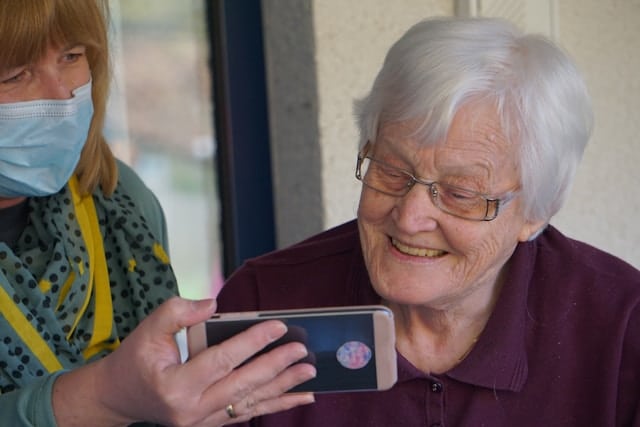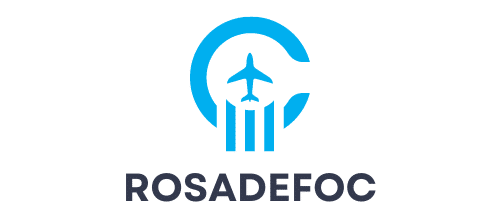How to Create a Comprehensive Digital Literacy Curriculum for UK Elderly Care Centers?

In the age of rapid digital transformation, it’s crucial to ensure that all demographics, especially older adults, are not left behind. In the United Kingdom, a significant percentage of older people residing in care centers lack basic digital literacy, causing them to miss out on various services, resources, and social connections that the digital world offers. This article will delve into the process of creating a comprehensive digital literacy curriculum for UK elderly care centers.
Identifying the Digital Literacy Needs of Elderly
Before crafting a curriculum, it’s essential to understand the digital needs and preferences of older adults. Like any other demographic, older adults have specific needs when it comes to technology. To ascertain these needs, you can carry out surveys or interviews that will help you gather valuable data and insights.
Also to discover : How Can the UK Improve Access to Sport and Physical Education for Disabled Individuals?
Your studies might reveal that they are interested in using technology for health-related research on platforms like PubMed, or perhaps they would like to use Google and other search engines to access various information. You might also find that they are keen on social platforms to connect with their loved ones or engage with community events. Their responses will guide your curriculum design, ensuring it is tailored to their real-world needs.
Designing the Curriculum
Designing a digital literacy curriculum for older adults requires a thoughtful approach. The curriculum should start with the basics, such as understanding and using a computer or a smartphone, before moving onto more complex topics like internet safety, digital health services, and using search engines like Google or scholarly resources like CrossRef and PubMed effectively.
Additional reading : Explore the thrill of perfect mystery boxes today!
Given the potential physical and cognitive challenges that older adults might face, the design should be user-friendly and accessible. This might mean larger text sizes for those with visual impairments, clear and simple instructions, and ample opportunities for practice and repetition.
You should also consider including modules on digital health literacy – teaching older adults how to access and evaluate health information online. With platforms like PubMed providing a wealth of medical and health data, it’s important for older adults to understand how to use these services safely and effectively.
Training the Trainers
Ensuring the successful implementation of your curriculum relies heavily on those delivering it. Staff in the care centres who will be delivering the training require a comprehensive understanding of both the content and the teaching approach required for this demographic.
You can consider investing in a ‘train the trainer’ approach, where staff undergo specific training to effectively deliver the curriculum. This approach should also take into account the digital comfort level of the staff themselves – they may need some upskilling too. Remember, it’s not just about understanding the content, but being able to teach it empathetically and patiently to older adults.
Involving the Users in the Process
To make sure that your curriculum is as effective and relevant as possible, involve the older adults in its development. You could test each module with a small group of users and gather feedback. What did they find useful? What was difficult? How could it be improved? Their insights will inform any necessary adjustments to the curriculum.
Older adults could also be involved in peer-led training. Peer-led training can be a powerful way to learn, as older adults may feel more comfortable and understood learning from someone in their age group.
Ensuring Accessibility and Continuing Support
Finally, creating the curriculum is only the first step. You also need to ensure it is accessible and supported for all older adults in the care centre. This could mean providing one-to-one support for those who need it, or adjusting the pace of the training to suit different learning rates.
It’s also crucial to provide ongoing support even after the formal training has ended. This could be in the form of a digital helpdesk, regular refresher courses, or providing resources for self-guided learning. Remember, digital literacy is not a one-off skill but a continual learning process.
In conclusion, creating a comprehensive digital literacy curriculum for UK elderly care centres is a challenging but vital task. With thoughtful design, appropriate training, user involvement, and ongoing support, it’s entirely possible to bring the digital world within reach of our older adults.
Integrating Technology Resources into the Curriculum
For an effective digital literacy curriculum, it is critical to integrate suitable technology resources that can facilitate the learning process for older adults. Google Scholar, PubMed, CrossRef, and other scholarly resources are beneficial for older adults, particularly for health-related research.
While Google Scholar provides an extensive range of scholarly literature across many publishing formats and disciplines, PubMed is a free resource that provides access to the Medline database of citations, abstracts, and some full-text articles on life sciences and biomedical topics. CrossRef is an official Digital Object Identifier (DOI) registration agency that provides reliable linking to digital content.
Such resources can significantly boost the digital literacy of older adults. However, it is crucial to teach the older adults the skills to navigate these platforms. They need to understand how to search for specific information, assess the relevance of the content, and differentiate between reliable and unreliable sources.
Moreover, with the increasing digitization of health services and social care, it’s vital to educate older adults on utilising these digital platforms. Online health services, for instance, can offer convenient access to medical consultations, health information, and medicine deliveries. But to avail of these services, older adults need to know how to book appointments online, refill prescriptions, or use health monitoring apps.
Similarly, integrating digital social platforms into the curriculum can help older adults stay connected with their loved ones, participate in community events, and even explore hobbies and interests. From Facebook and Instagram for social connections to YouTube for entertainment and learning, each platform caters to different needs and preferences.
Evaluation and Improvement of the Curriculum
Once the digital literacy curriculum is in place, it’s crucial to regularly evaluate its effectiveness and make necessary improvements. Evaluation methodologies can include feedback surveys from the older adults and trainers, observation of the digital activities of older adults, and assessments to test the digital skills acquired.
Feedback from older adults is especially valuable as they are the end-users of the curriculum. Their insights can reveal what they find helpful or challenging, and what further support they might need. This information can inform refinements to the curriculum, making it more user-centered and effective.
Likewise, trainers’ feedback can provide insights into the teaching methodologies that work best, the pace at which to progress, and the areas where older adults need more practice or repetition. Trainers can also help identify any gaps in their knowledge or skills, leading to their further literacy education.
Lastly, the observation of older adults’ digital activities can shed light on their digital engagement – the platforms they use, the tasks they perform, and the challenges they face. Regular assessments can also measure the digital skills that older adults have gained, indicating the effectiveness of the curriculum.
Even as you implement these evaluations and improvements, remember that digital literacy is a lifelong learning process. Hence, it’s essential to provide ongoing support, such as digital helpdesks or refresher courses, to help older adults continually build their digital skills.
In conclusion, crafting a comprehensive digital literacy curriculum for UK elderly care centres involves understanding the digital needs of older adults, designing a tailored curriculum, training the trainers, and integrating the right technology resources. Regular evaluations and improvements, along with continuous support, are also vital to ensure the curriculum’s effectiveness. With these steps, we can ensure that our older adults are not left behind in the digital age and can fully participate in today’s digital society.
